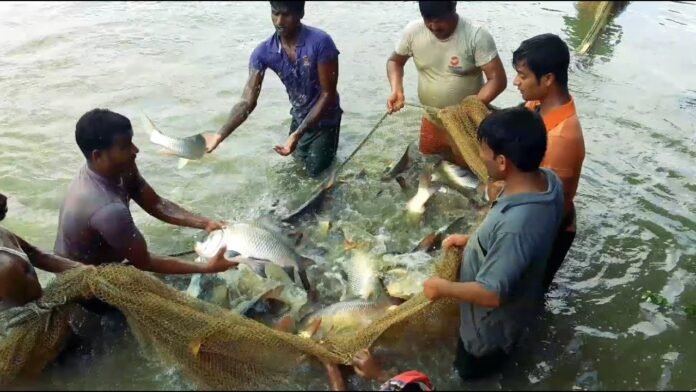Meghalaya, a picturesque state in northeastern India, is known for its lush green landscapes and abundant natural resources. Among its valuable assets is the potential for fish farming, yet the state faces challenges in fully harnessing this resource to meet the growing demand for fish. What will it take to increase fish production in Meghalaya?
1. Adequate Infrastructure: One of the primary requirements for boosting fish production is the development of proper infrastructure. This includes creating well-designed fish farms, hatcheries, and ponds with easy access to water sources. Additionally, the establishment of transportation and storage facilities is crucial for efficiently distributing fish to markets.
2. Training and Awareness: Fish farming requires a certain level of knowledge and skill. Training programs for farmers and aspiring fishery entrepreneurs are essential to ensure they can effectively manage fish farms. Moreover, creating awareness about the benefits of fish farming and its potential for livelihood enhancement can encourage more people to enter the field.
3. Quality Seeds and Feeds: Access to high-quality fish seeds and feeds is vital for successful fish farming. Establishing reliable sources for these inputs, whether through government initiatives or private sector partnerships, is essential to support farmers.
4. Disease Management: Disease outbreaks can devastate fish farms. The state needs effective disease management and prevention strategies, as well as the dissemination of knowledge to farmers on how to recognize and address diseases.
5. Financial Support: The financial aspect plays a crucial role in fish farming. Government subsidies, loans, and financial support programs can encourage more people to invest in fish farming, making it a viable source of income.
6. Market Linkages: Creating efficient market linkages for fish products is vital. Farmers need access to markets where they can sell their produce at fair prices. Collaboration with retail chains, local markets, and exports can enhance market opportunities.
7. Sustainable Practices: Promoting sustainable fish farming practices is crucial to preserve the environment and maintain fish production in the long term. Practices such as responsible water use and waste management need to be encouraged.
8. Research and Innovation: Ongoing research and innovation in fish farming techniques, disease control, and sustainable practices are essential. Collaborations with research institutions and universities can help drive these advancements.
9. Government Support: The state government’s active involvement and support in the form of policies, incentives, and regulatory frameworks can provide the necessary backing for the growth of the fish farming sector.
10. Community Engagement: Engaging local communities and cooperatives in fish farming initiatives can lead to a more inclusive and sustainable approach. Community-based efforts can help in resource management and shared benefits.
More About It
Meghalaya’s potential for fish farming is vast, and with the right strategies and support, the state can significantly increase fish production. This growth not only addresses the rising demand for fish but also creates employment opportunities and improves the livelihoods of the people. By focusing on infrastructure, training, quality inputs, disease management, financial support, market linkages, sustainability, research, government backing, and community engagement, Meghalaya can unlock its fish farming potential and contribute to food security and economic growth in the region.




